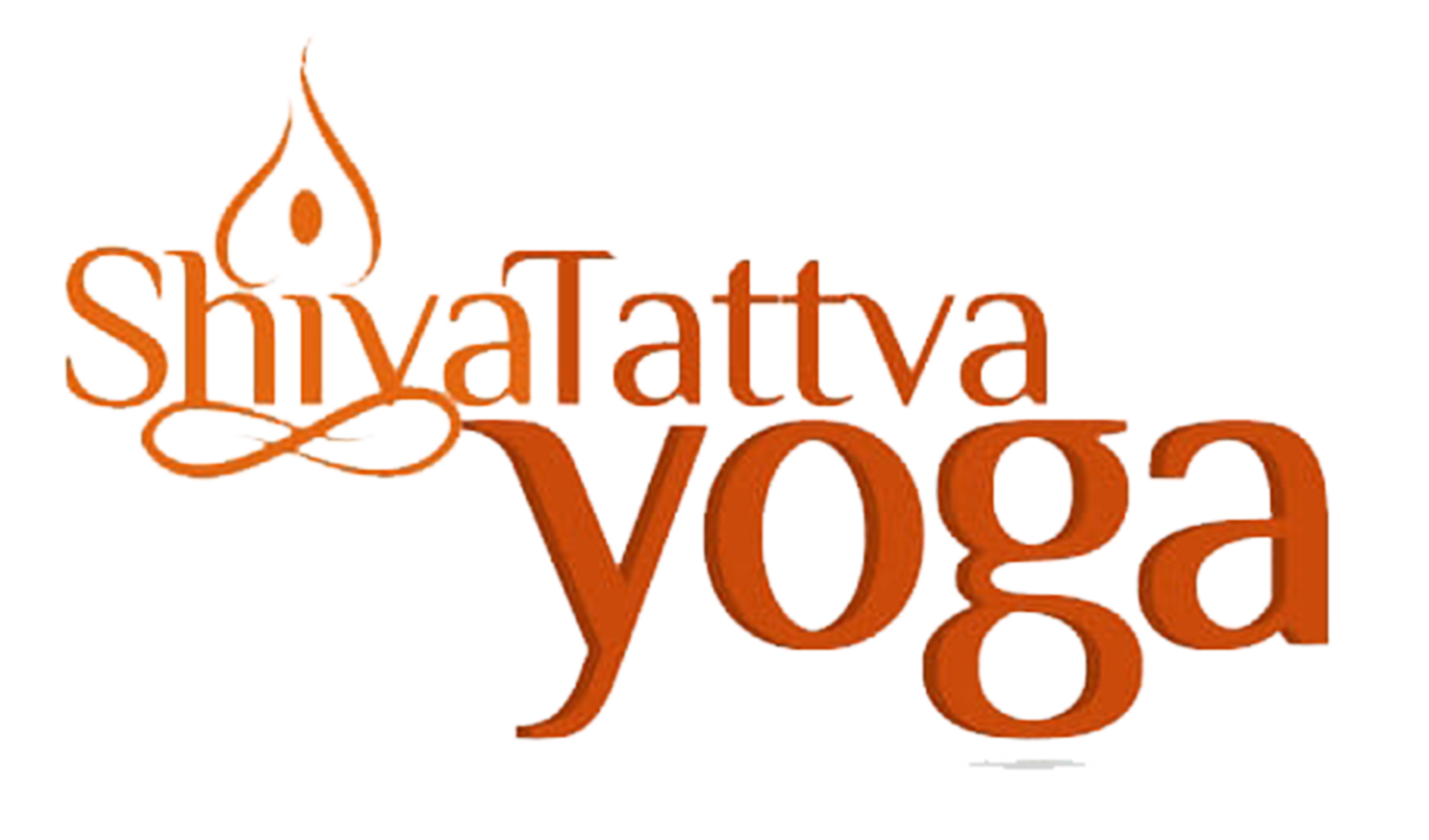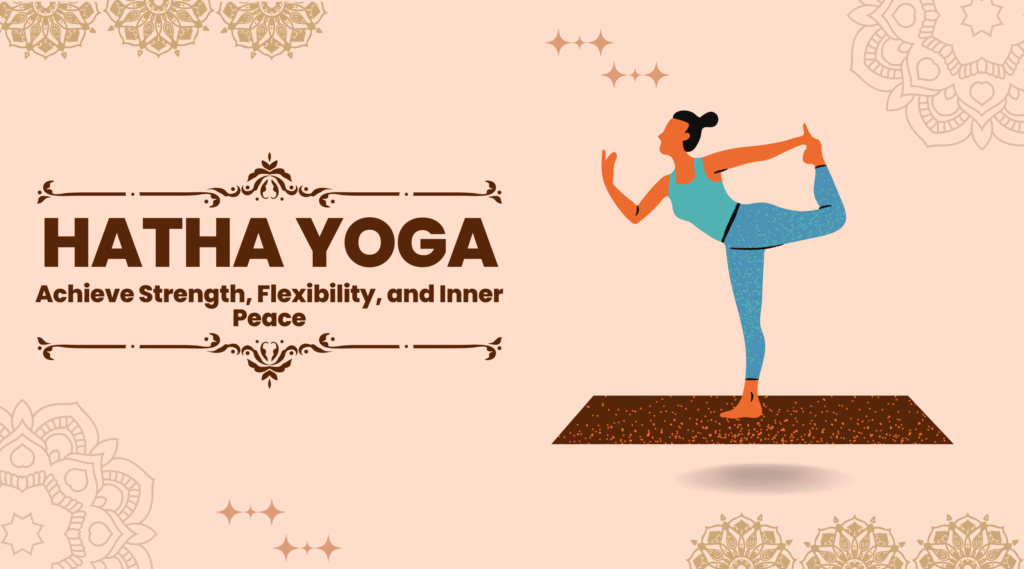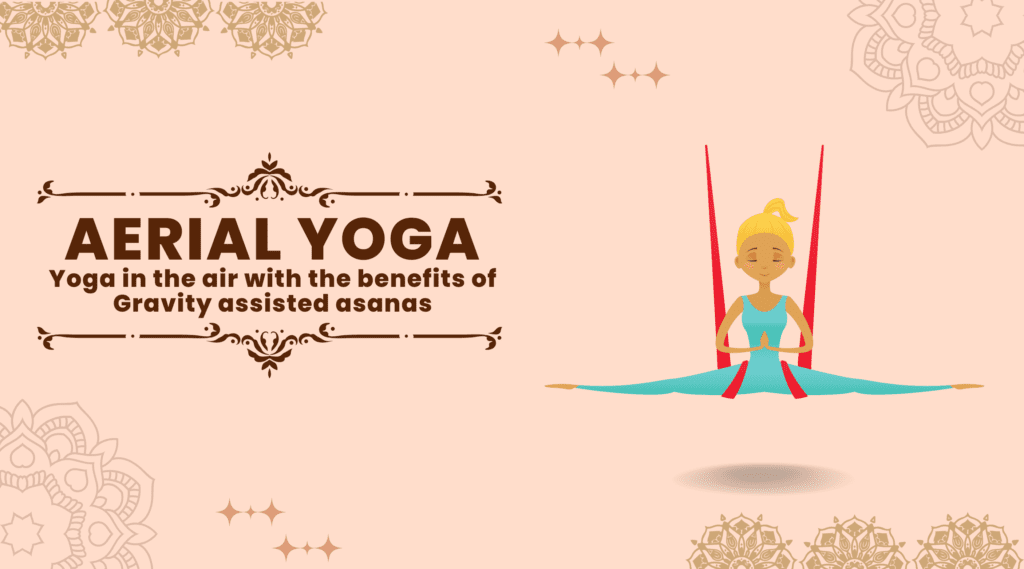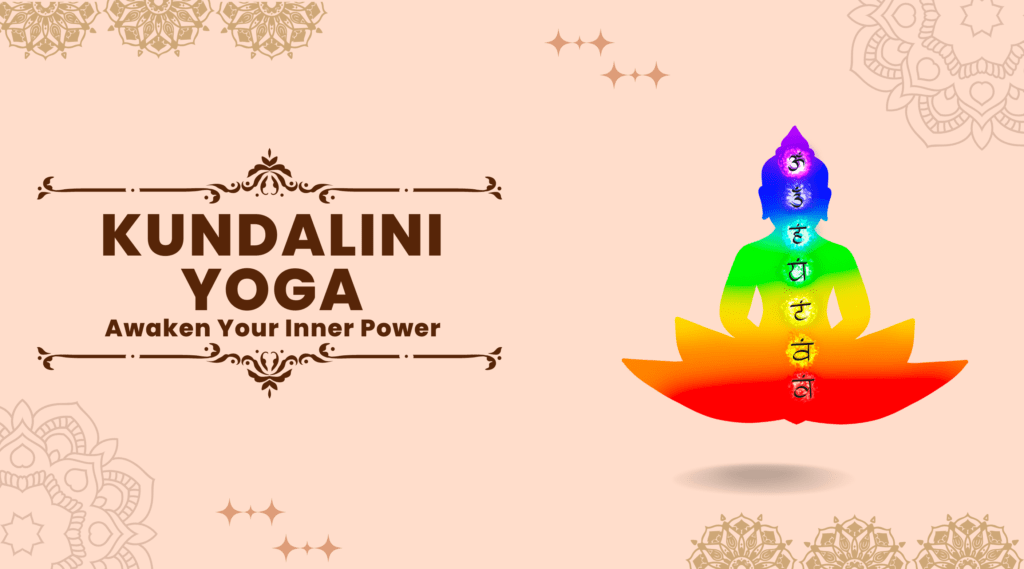Yin Yoga: Revitalizing the Body and Mind With The Gentle Practice
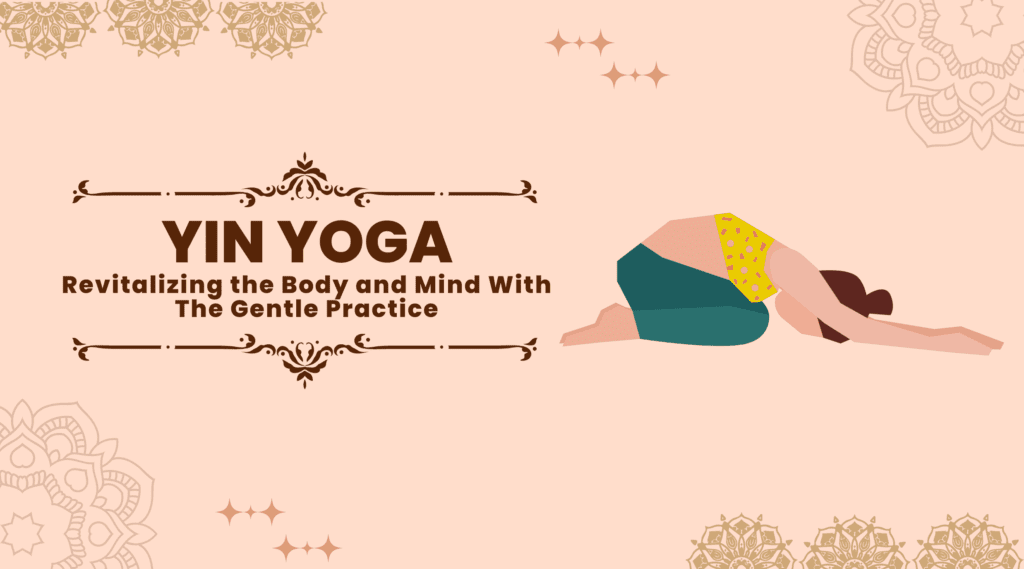
An Introduction
Yin yoga is a slow-paced, meditative style of yoga that involves holding postures for an extended period of time, typically three to five minutes. The practice is based on the principles of Traditional Chinese Medicine and focuses on releasing tension and tightness in the body’s connective tissues, particularly the fascia, ligaments, and tendons.
This yoga works on the yin and yang concept, These both concepts are opposite to each other but complementary in nature. Yin is the fixed, immovable, hidden aspect of things while Yang is the changing, moving and manifesting aspect. In our body, relatively rigid connective tissues like tendons, fascia, ligaments etc. are called “Yin”. And more mobile and flexible muscles and blood are called “yang”.
Unlike other forms of yoga, which primarily focus on strengthening and stretching the muscles, This form of yoga targets the body’s deep connective tissues, which are responsible for maintaining joint mobility and flexibility. The practice is characterised by long-held, passive postures that are often supported by props such as blankets, blocks, or bolsters.
This form of yoga is particularly beneficial for people who spend a lot of time sitting or standing in one position, as it helps to release tension in the hips, lower back, and legs. The practice is also beneficial for athletes who want to improve their range of motion and reduce the risk of injury, as well as people who are recovering from injuries or chronic pain.
Suggested: Best Yoga Retreats And Yoga Teacher Training In Rishikesh
History & Origin of Yin Yoga
The origins
The origins of yin yoga can be traced back to the Taoist tradition of ancient China, particularly the concept of Yin and Yang. Yin represents the passive, cool, and receptive aspects of nature, while Yang symbolises the active, hot, and dynamic qualities. Yin yoga draws inspiration from these principles.
The History
In the 1970s, Paulie Zink, who had a background in Taoist yoga and martial arts, developed this form of yoga. While traditional yoga practices primarily focus on dynamic movements and muscular engagement, this yoga style chiefly offers a complementary approach. This approach targets the deeper connective tissues as well as joints in the body.
In the 1980s, Paul Grilley, one of Paulie Zink’s students, further developed the concept of Yin yoga. Grilley studied anatomy. During his study, he explored the variations in individual skeletal structures. This led him to emphasise the importance of finding appropriate alignment for each person’s unique body. His teachings focused on holding poses for longer durations (usually three to five minutes) to facilitate the release of deep connective tissues, such as ligaments, tendons, and fascia.
Sarah Powers, another student of Paulie Zink, also played a significant role in popularising Yin yoga. Powers integrated elements of Buddhist meditation, mindfulness, as well as the meridian theory of Traditional Chinese Medicine into her practice.
As this yoga gained recognition, more teachers began incorporating it into their classes. The practice became known for its meditative qualities, encouraging practitioners to cultivate stillness, patience, and awareness.
In recent years, this yoga style has continued to grow in popularity, and many yoga studios now offer dedicated Yin classes or include Yin-style postures in their regular schedules. Its emphasis on deep stretching, relaxation, and mindfulness makes it particularly appealing for those seeking a more introspective and therapeutic practice.
Benefits of Yin Yoga
This offers numerous benefits for the body, mind, and overall well-being. Here are some of the key benefits of practising it:
1. Increased Flexibility:
It helps improve flexibility by targeting the deeper connective tissues, such as ligaments, tendons, and fascia. Holding poses for longer durations gently stretches these tissues, enhancing overall flexibility and joint mobility.
2. Joint Health and Injury Prevention
Holding poses in this style of yoga gently stresses the joints, promoting joint health and flexibility. It can help increase the range of motion and reduce the risk of injuries, especially in areas prone to stiffness, such as hips, spine, and shoulders.
3. Stress Relief and Relaxation
It promotes deep relaxation and stress reduction. The slow-paced, meditative nature of the practice helps calm the nervous system, release tension, and induce a state of relaxation, leading to reduced stress and anxiety levels.
4. Improved Energy Flow
This yoga incorporates the principles of Traditional Chinese Medicine and meridian theory. By stimulating specific energy channels (meridians) in the body through targeted poses, It helps improve the flow of vital energy (Qi), promoting overall well-being and balance.
5. Enhanced Mindfulness and Presence
It cultivates mindfulness and presence by encouraging practitioners to observe physical sensations, thoughts, and emotions that arise during the practice. This mindfulness aspect helps develop self-awareness, deepens the mind-body connection, and fosters a sense of inner peace and clarity.
6. Balancing Yin and Yang Energies
This yoga form complements the more active and dynamic Yang practices, helping to restore balance between the Yin and Yang energies in the body and mind. It provides a counterbalance to the fast-paced, high-stress lifestyle, promoting a sense of harmony and equilibrium.
7. Deep Relaxation for Better Sleep
The relaxation and meditative aspects of Yin yoga can aid in improving sleep quality. By reducing stress, promoting relaxation, and calming the mind, it helps prepare the body for restful sleep, leading to better overall sleep patterns.
8. Cultivation of Patience and Acceptance
Yin yoga requires holding poses for extended periods, which cultivates patience and acceptance. It teaches practitioners to embrace discomfort, observe sensations without judgment, and develop a patient and accepting attitude both on and off the mat.
9. Emotional Healing and Release
The slow, introspective nature of Yin yoga can facilitate emotional healing and release. Holding poses can create space for emotions to arise, be acknowledged, and eventually released, allowing for a deeper sense of emotional well-being.
10. Improved Meditation Practice
Yin yoga prepares the body and mind for seated meditation. By opening up the body and promoting relaxation, it allows practitioners to sit more comfortably and with greater ease, enhancing the meditation experience.
These are just a few of the many benefits of practising Yin yoga. It is important to note that the experiences of every individual may vary according to their practice. It generally depends on consistent practice over time.
Key principles of Yin Yoga to remember
1. Find a suitable edge: Move slowly and gently into and out of the pose, and try to maintain the appropriate amount of intensity, never stretch to the point of feeling pain.
2. Stability: Try to move into the pose consciously, and try to remain stable without changing position.
3. Hold the pose: Start by holding for 1-3 minutes and gradually build up to 5 minutes or more.
4. Exit: Get out of the pose slowly and gradually.
How to Practise Yin Yoga
If you are planning to try Yin yoga practice, here are a few points to keep in mind:
1. Start slowly: Yin yoga is a gentle practice, but it can be intense if you’re not used to holding postures for an extended period of time. Start with just a few postures and gradually build up your practice.
2. Use props: Props such as blankets, blocks, and bolsters can help to support your body in postures and make the practice more comfortable.
3. Listen to your body: Yin yoga should never be painful or uncomfortable. If a posture feels too intense, back off or come out of the posture altogether.
4. Breathe deeply: Deep breathing is an essential part of Yin yoga. Give emphasis on maintaining slow and deep breaths throughout your practice.
5. Posture: Stay in postures for at least three minutes: Holding postures for an extended period of time is what makes Yin yoga different from other forms of yoga. Aim to hold each posture for at least three minutes, and up to five minutes or more if it feels comfortable
What to explicit from a Yin yoga class
A yin yoga class generally offers a well structured series of long-held, passive floor poses that primarily work on the lower body i.e. lower spine, pelvis, hips and inner thighs. These areas are especially full of connective tissues. The poses are held for around three to five minutes, then gradually longer periods of time. Yin yoga is almost a completely passive form of yoga. While practising the Yin yoga asanas, the muscles are kept in a relaxed position in order to avoid muscle spasms that can occur while engaging muscles in the same position for a long period of time.
10 Best Yin Yoga Poses
1. Butterfly Pose (Baddha Konasana)
2. Child’s Pose (Balasana)
3. Sphinx Pose (Salamba Bhujangasana)
4. Dragon Pose (Low Lunge)
5. Shoelace Pose (Gomukhasana)
6. Seal Pose (Sphinx variation)
7. Half Butterfly Pose (Half Baddha Konasana)
8. Square Pose (Fire Log Pose)
9. Caterpillar Pose (Paschimottanasana)
10. Sleeping Swan Pose (Pigeon Pose)
Conclusion
Yin yoga is a gentle and introspective style of yoga that offers numerous benefits for the body, mind, and overall well-being. By targeting the deeper connective tissues, Yin yoga enhances flexibility, promotes joint health, and increases range of motion. It also promotes deep relaxation, stress relief, and improved sleep quality through its slow-paced, meditative approach.
Overall, Yin yoga offers a unique and transformative experience that promotes physical, mental, and emotional well-being. It is a practice that invites stillness, introspection, and restoration, providing a valuable counterbalance to the fast-paced demands of modern life. Whether you are a seasoned yogi or a beginner, incorporating Yin yoga into your routine can bring about profound benefits and a deeper sense of harmony and peace.
You Can Also Read
